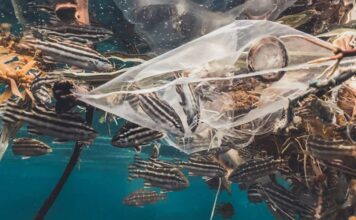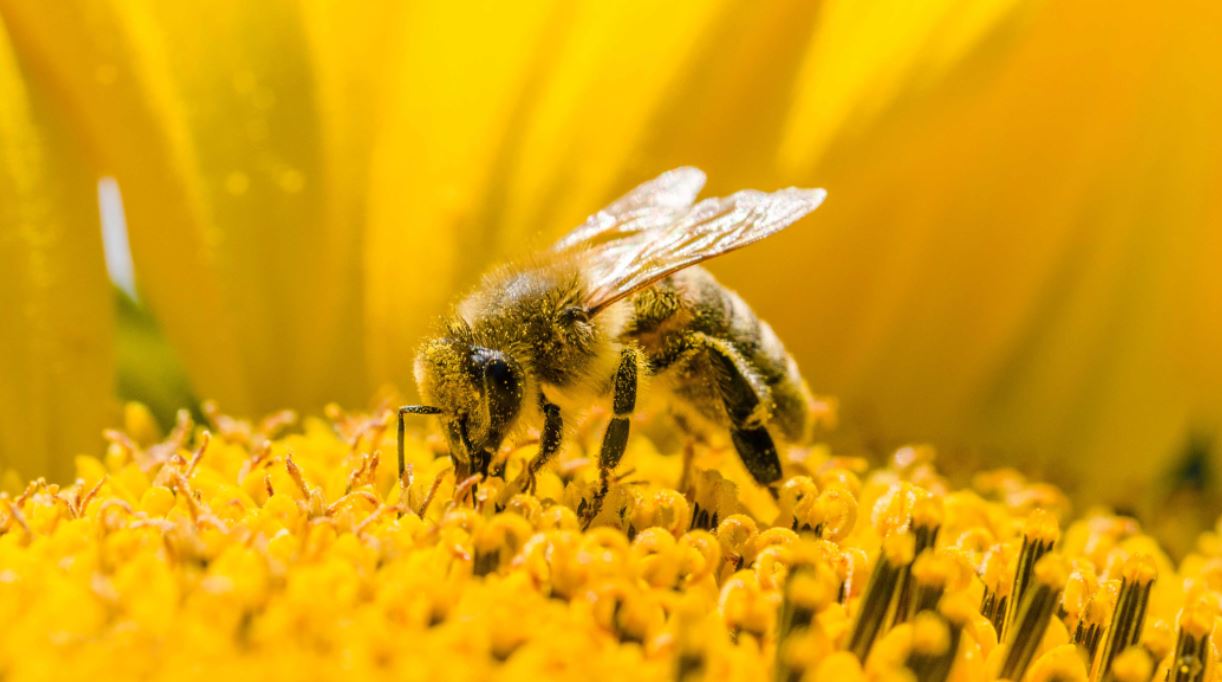Hemophilia patients have insufficient blood “coagulation factor”, and will experience inexplicable bruises, nosebleeds, joint bleeding, and even fatal intracranial hemorrhage.
In severe cases, coagulation factors need to be injected 2-3 times a week, which greatly affects the quality of life and is very inconvenient.
In August, the European Union approved “gene therapy” for new hemophilia. One-time treatment can maintain the effect for several years, and patients have the opportunity to avoid the inconvenience of repeated injections.
The importance of coagulation
If there is a large wound inside and outside the body and the bleeding is not stopped quickly this will cause precious blood to be wasted.
If the wound does not coagulate or even lose too much blood, it will be life-threatening. Therefore, the human body must have a rapid hemostasis mechanism to avoid unfortunate accidents.
Both platelets and coagulation factors are necessary for hemostasis
In addition to the help of platelets, the normal function of coagulation requires the help of various coagulation factor proteins produced and secreted by the liver.
After blood seeps out of damaged blood vessels (such as being cut by a knife), the body will immediately initiate a hemostatic response: vasoconstriction.
Platelet aggregation and coagulation factor activation are a series of “cascade mechanisms” that amplify signals step by step.
Vasoconstriction can slow down the loss of blood, and platelets and coagulation factors are like bricks and cement, complementing each other to repair the breach and stop the blood loss.
Hemophilia most commonly deficient in factor VIII
There are as many as 13 coagulation factors that help blood coagulate. Hemophiliacs usually lack one of the gene defects (coagulation factor 8, 9 or 11).
The coagulation factor content of mild hemophilia patients still has a normal value of 5% to 30%. Only during surgery or large wounds will there be a risk of excessive blood loss.
Severe hemophilia patients with coagulation factors below 1% of normal value are more prone to spontaneous muscle or joint bleeding, which may occur once or twice a week.
Gene therapy cures severe hemophilia A
From 2017 to 2019, the researchers recruited 134 men over the age of 18 with severe congenital hemophilia A (lack of coagulation factor VIII) from 13 countries around the world.
The subject was given gene therapy with “adeno-associated virus 5” (AAV5) as the carrier, so that the patient’s liver produced more coagulation factor VIII.
After one year of treatment, up to nearly 90% (88.1%) of the eighth blood coagulation factor significantly increased.
Some subjects also increased from less than 1% of the normal value to 5% to 40% or even higher, greatly improving spontaneous bleeding symptoms without obvious adverse reactions.
The results of the clinical trial were published in the heavyweight New England Journal of Medicine (NEJM) in March.
Based on the results of significant and effective trials, the European Union officially approved a gene therapy called Roctavian for the treatment of severe hemophilia A.
The US FDA is also in the process of further review and is scheduled to announce the results in March next year.
Conclusion
Gene therapy is the use of molecular biology to introduce therapeutic genes into patient cells, and produce gene products to achieve therapeutic effects and maintain them for a long time.
There are about 7,000 known rare diseases, most of which are genetic defects and most have no effective treatment.
With the rapid development of biomedicine, it is believed that more and more patients with rare diseases can obtain better treatment through gene therapy.




